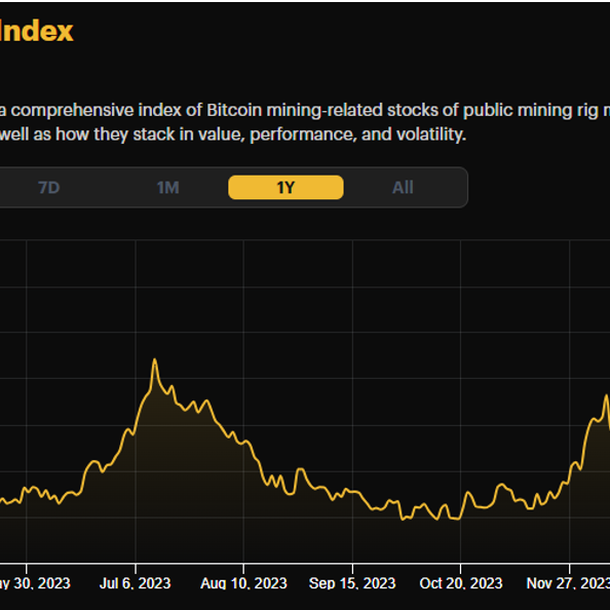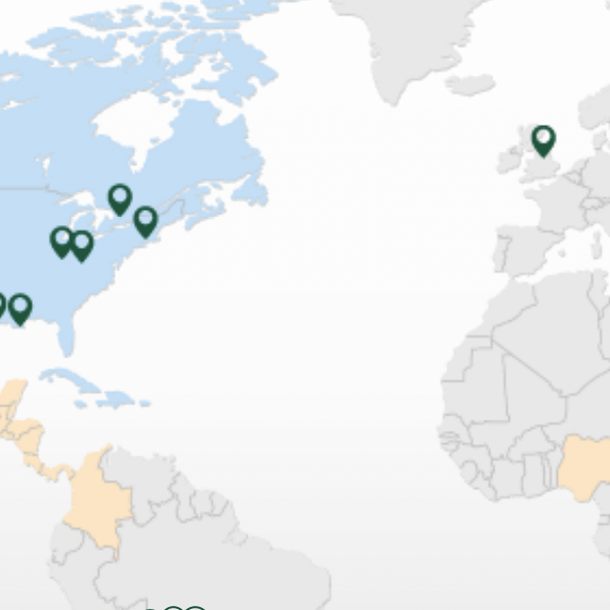|
Monday June 29 | Weekly market update |
 | Financial markets had an eventful past few days, with renewed concerns about the pandemic in the United States. However, they recovered significantly on the back of encouraging data confirming the economic recovery, especially with the strength of US technology stocks. The announcement at the end of last week that the "Volcker rule" was relaxed is also likely to support the trend. Meanwhile, the Fed banned share buybacks, while limiting dividends in light of the results of the banking sector stress tests. |
| Indexes Last week, the major indices have generally closed in the red. In Asia, the Hang Seng eroded by 0.2% while the Nikkei fell by 0.15%. As for the Shanghai Composite, it gained 1.35%. In Europe, the CAC40 was losing 1.3% on a weekly basis. Its German counterpart, Dax, is down 2%, while Footsie is down 2.3%. For the peripheral countries of the euro zone, red dominates, with losses of 3% for Spain, 2% for Portugal and 2.3% for Italy. In the United States, the Dow Jones fell 2.5% over the week, the S&P500 fell 2.2%, while the Nasdaq100 once again set new historical records and lost 1%. |
| Commodities Oil prices stabilized this week, a remarkable resilience as U.S. production rose by 500,000 barrels a day. In addition, traders are relegating the increase in U.S. inventories to the back burner, preferring to bet on a rapid recovery in crude demand. Brent is thus trading at USD 41 a barrel, against USD 38 for the US benchmark. Gold set a new annual record this week at USD 1779, despite investors' pronounced taste for risky assets. If the gold metal is not sought after for its safe-haven nature, it at least has the advantage of not delivering a return, a luxury in a financial environment where the majority of riskless assets deliver a negative real return. As such, the more negative the real interest rates on government bonds become, the more attractive gold remains (see chart below). Negative correlation between gold and the US 10-year real interest rate  |
| Equities markets Nikola Corp Its name comes from the first engineer Nikola Tesla, born in the 19th century, a specialist in alternating current. The company sells electric or hydrogen-powered trucks. Actually... it has not sold anything yet. This did not stop Nikola shares from having a very successful stock market performance. Since January 1, 2020, the stock has exploded by around 620%, while most of the world's stock exchanges are seeing red. With more than 26.5 billion dollars in market capitalization, Nikola is neck and neck with Ford, despite not selling a single vehicle: the equivalent of a "biotech" in the new electric mobility sector. The upcoming launch of pre-orders for the hydrogen-powered pickup, Nikola Badger, should provide more information on the demand craze. Congratulations, however, to Trevor Milton, the founder, who has seen his personal assets grow to more than $6 billion in the space of six months. Due to too little "financial data" collected to date on the Phoenix company, MarketScreener cannot assign a rating to it. |
| Bond market There seems to be growing concern among market players that a second wave of infections may emerge in the wake of the gradual easing measures being implemented worldwide. Most euro area government bonds have seen their yields fall, indicating a return to safety. In this context, it is common to see one-week lows, such as the Bund (-0.47%), as well as the French OAT, which is returning to the -0.13% level, which has not been seen since March 12. In the context of the dispute between the German Federal Constitutional Court (FCC) and the ECB, a compromise solution seems to be emerging. This is leading to a significant easing of interest rates in the southern zone. Italy (1.29%), Spain (0.45%) and Greece (1.25%) are taking advantage of this and are therefore finding more acceptable conditions for managing their debt. Switzerland continues to enjoy an exceptional borrowing environment, recording a 10-year rate of -0.49%, while on the other side of the Atlantic, the TBond saw its interest rate fall to 0.67%. |
| Forex market Forex markets are dominated both by the uncertainties associated with the coronavirus pandemic and the pace of recovery that economies in major countries may adopt. Safe havens remain popular, albeit not to excess. The Swiss franc is trading at CHF 1.07 against the euro, 200 basis points lower than the last peak at CHF 1.09 in May. The yen, for its part, continues to rise, as does the USD/JPY at 107. The cable is still looking for direction. The GBP/USD extends its neutral zone, with a quotation around USD 1.24. On the other hand, the single currency confirms its short-term uptrend by crossing the GBP 0.90 limit, a 3-month high. Still in Europe, the euro, but this time against the greenback, fails to confirm its upward trajectory. As a result, the major parity stabilizes around USD 1.125. The ruble has gone from RUB 81 per dollar to RUB 69 in three months (see chart). However, Russia's outlook remains rather bleak in terms of GDP, as the deterioration of national wealth is expected to be between -4% and -6% over the financial year 2020, with little hope of a return to growth before 2022. The situation has motivated the central bank to lower its key rate to 4.5%, the lowest level in its history. In Asia, the Thai baht rose by 6% this quarter. Despite declines in tourism receipts, Thailand posted a current account surplus, favouring its currency against the greenback. Strong push of the rouble against the dollar  |
| Economic data Over last week,statistics have generally reassured those involved in the economy. In the euro zone, the Flash PMI manufacturing and services indexes exceeded expectations, although they remain below the 50 threshold (except in France). The PMI manufacturing index rose to 46.9 in the euro zone (consensus 43.8) and to 47.3 for services (40.5 expected). The IFO index in Germany also reassured (86.2 against 85 expected and 79.7 last month). In the United States, the Flash PMI manufacturing and services indexes just missed the consensus at 49.6 and 46.7 respectively, as did the weekly unemployment registrations, which rose to 1480K (consensus 1320K and 1540K the previous week). GDP fell 5% in the first quarter, according to the latest estimate. On the other hand, durable goods orders rebounded 15.8% (10.3% expected) and household spending fell by "only" 4.2% (consensus -6%). Household incomes rose 8.2%, following a 12.6% drop last month. This week will be driven by inflation data and final PMI indices in the euro zone. In the U.S., in addition to these same activity indicators, attention will be focused on employment, with the ADP on Wednesday (-2760K jobs expected) and the monthly report at the end of the week, as well as industrial orders. |
| Volatility persists There is no need to recount the number of hot spots on the planet. There are many of them and this does not prevent equity indices from maintaining a positive configuration. It is worth noting a point of stress due to the imperfect control of the epidemic, particularly in the United States. But the unlimited support of central banks is transforming the market. Interest rates have been administered for more than ten years and equities have taken the same path since the massive injections of liquidity. As a result, there is a dichotomy between the financial sphere and the economic reality that the IMF has not failed to highlight very recently. One thing remains certain, it will take several years to return to pre-crisis growth levels. Until then, the road ahead will be long and volatile. |

 By
By 













